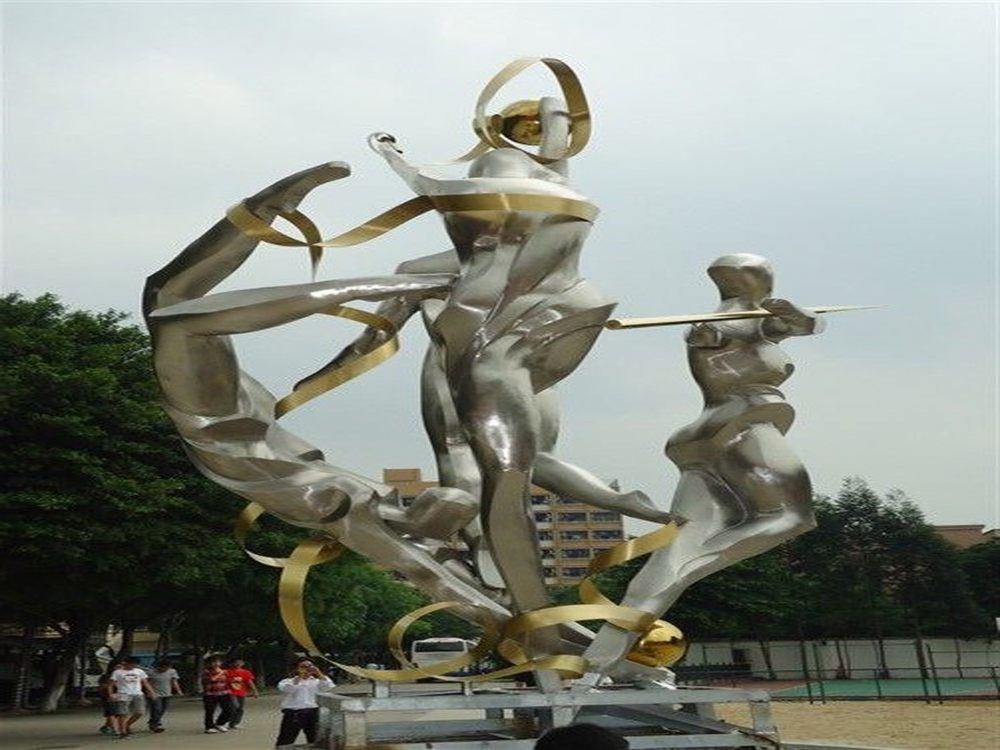
Creating interactive or tactile stone sculptures presents a unique set of challenges that test the limits of both artistry and engineering. Stone, as a medium, is inherently rigid and unforgiving, making it difficult to achieve the fluidity and responsiveness required for interactive pieces. Artists must carefully select materials, as not all stones can withstand repeated physical contact without cracking or eroding.
Designing tactile sculptures also demands meticulous planning to ensure durability while maintaining aesthetic appeal. The balance between form and function is critical; overly complex designs may compromise structural integrity, while simplistic ones might fail to engage viewers. Additionally, the weight and size of stone often limit installation possibilities, requiring specialized equipment and structural support.
Technical hurdles, such as integrating movement mechanisms or sensory elements into stone, further complicate the process. Unlike softer materials, stone resists modification once carved, leaving little room for error. Despite these obstacles, innovative techniques like kinetic joints or embedded technology are pushing the boundaries of what stone sculptures can achieve, transforming them into dynamic, interactive art experiences.

